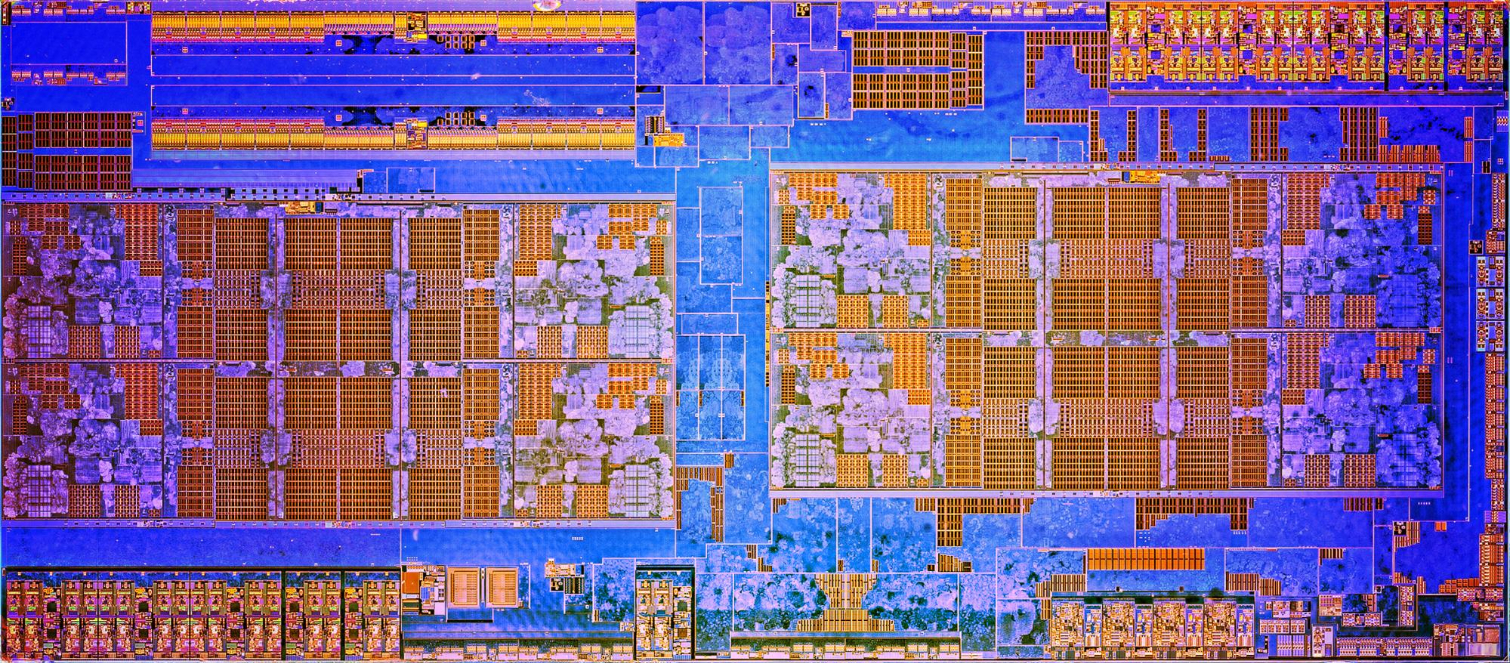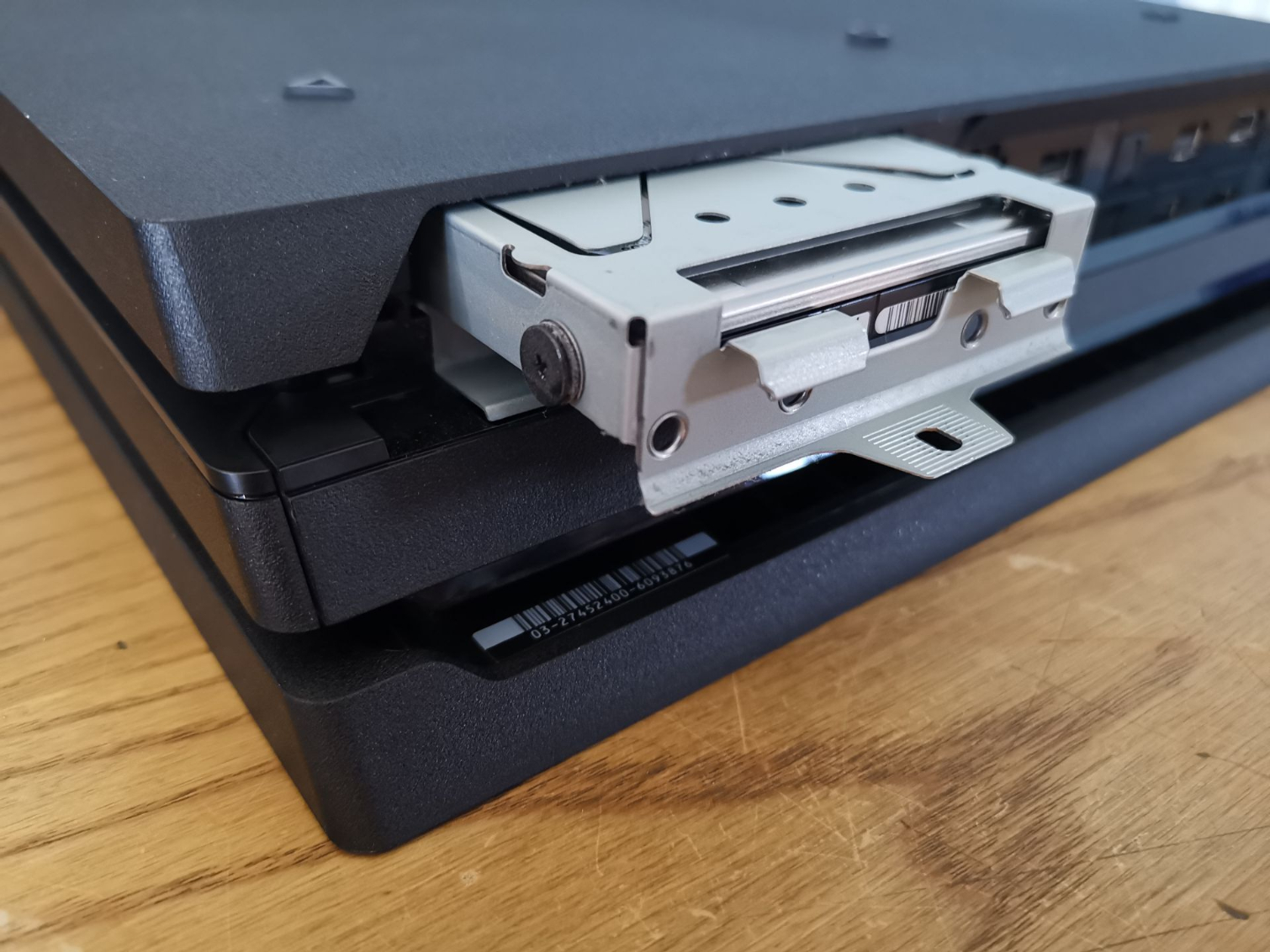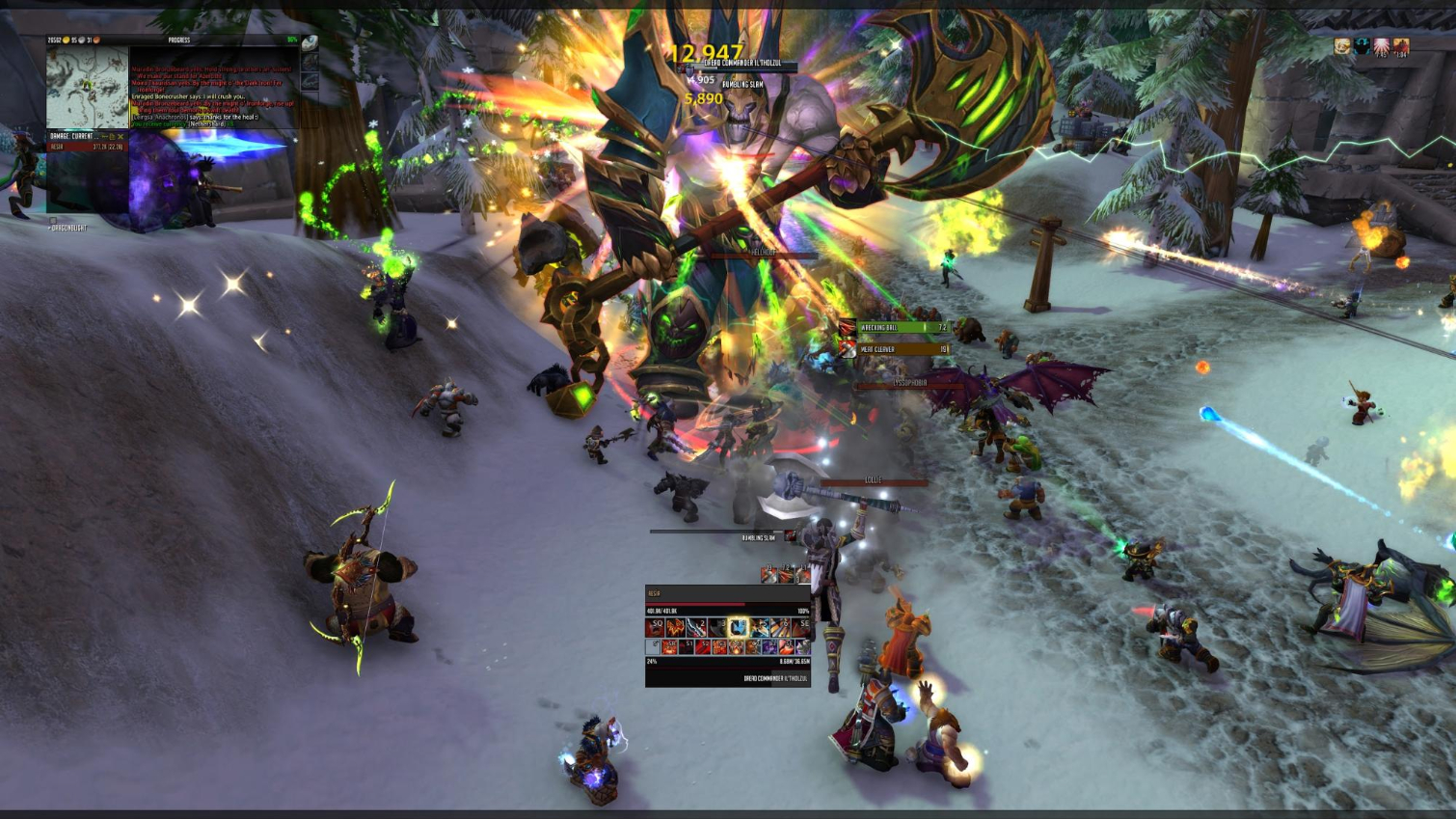PC Gaming Is Dying? Someone Tell the Gamers.
Note: As with all of our op-eds, the opinions expressed here belong to the writer alone and not Tom's Hardware as a team.
He finally did it, Thanos did it; he got all of the infinity stones, and with one foul snap, he decimated half of the PC gaming population. 20 million souls, turned to ash, as their plush little pinkies stepped away from their mechanical keyboards and RGB gaming mice one last time. How could he do it, the mad titan?! This day extracts a heavy toll.
According to a recent report from John Peddie Research, by 2022, 20 million PC gamers will have switched to console or cloud-gaming services. Prophetic commentary on the state of console and PC gaming has come to pass, and we are all but doomed. Where do we find purpose in this new world? How do we live with the fact that such a sizeable chunk of our glorious PC community is no longer with us, taken to the unwashed world of console hell forever? We are truly in a dark-age of technology.
The so-called “death” of PC gaming is nothing new. This time, it’s not tablets or the rise of mobile gaming that’ll replace our computers. Peddie claims that stagnation in PC performance will lead gamers to toss their towers in the trash.
Advancement is no longer, JPR states “the innovation that took place in the past and clever new things have all but stopped”. Clever new things you say? I mean yeah sure, if we’re talking specifically about Intel right now, it has sat on 14nm for far too long, at least in the mainstream market anyway, but again and again we’re seeing advances across the board. The leaps and bounds AMD has made from its FX series processors to its Ryzen chips is incredible to say the least, and Intel has responded by upping its core counts and clock speeds.
GPUs are continually pushing boundaries both in how they compute, and features they introduce, with Nvidia and AMD now supporting ray tracing going forward (ironically something JPR still gives credit to). Combine that and the multitude of PC-specific developers, from publishing houses to one-man teams smashing through those graphical barriers to deliver us, time and time again, more photorealistic or artistic content and it’s just an incredible time to game on PC.
The Death of Moore’s Law
This brings us on to Moore’s Law. Right this one really grinds my gears (cue Peter Griffin meme from 2009). Moore’s Law? Not actually a law. It’s not a guarantee, it never has been and it’s not like gravity. And what’s more than that, it’s not the only way to improve performance. In fact, nowadays dropping a manufacturing process size barely improves performance at all.
Get Tom's Hardware's best news and in-depth reviews, straight to your inbox.
There’s so many more factors involved, from the architecture that’s used, to how you design the chip, to how much power you throw into it. Take Hyper-Threading for example. When this first came out, aside from the bugs, it was revolutionary in increasing performance, by a factor of about 60-percent per core or so. That’s an architectural change, not thanks to Moore’s “Law,” yet it produces an impressive performance boost nonetheless. Now that’s not to say Moore wasn’t a genius; he was, but to rest so heavily on that as the one and only thing powering development is, ironically for a tech forecasting company, shortsighted at best and asinine at worst.
Going forward it seems that the monolithic chip design of the last 20 years is dead. It’s all about modularity, AMD’s Infinity Fabric showcases just what can be done when you have a solid interconnect like that. In fact, now we’re looking at processors that are not only pieced together in a modular way, but 3D ones too that are stacked, and ones with very specific hardware developed for specific tasks (ray-tracing cores for instance). And don’t even get me started on graphene, silicon-germanium and other such materials.
Even if Moore’s Law ceased to function today, and the silicon foundries across the planet, went, “no, you know what, 7nm is the limit,” the industry would still find a way to improve performance. And if they didn’t, it’s not only PCs that would suffer but consoles as well. So again, what the hell JPR?
A Simple Choice?
John Peddie talks about console and PC gaming as if platforms are this binary choice. There can only be one. But what about the folks who own both? I’ve got two PCs thanks to my work (one a Ryzen 7 2700X, one an Intel Core i7-8086K), a Macbook Air, a PS4 Pro and a Nintendo Switch. Can you not do both? Must you absolutely be one or the other?
Of course, you can argue that, because most current-gen consoles use x86 processors and other common components (hard drives, DRAM), that they are practically PCs at this point. You can even play a lot of the same games on both PCs and consoles, or even the same save file if you own an Xbox.
But ultimately, none of this matters. None of it. You can spit and squeal all you want about how innovation is lacking here, that consoles are going to be more powerful there. But in the end, it’s all about the experience. It’s about what you can do. To me, a PC represents freedom. Freedom to choose how I want it to look, how I want it to run, what peripherals I buy. I choose what games I play, from 2004 classics like Dawn of War, to long time friends like World of Warcraft, to the latest AAA Assassins Creed. It means to be at the cutting edge of what’s possible, and to be free to do whatever on earth you want to do.
I spend my days at my rig, working, writing here for Tom’s Hardware, editing photos, creating social media, shopping, rendering video, watching YouTube and Twitch, streaming music, installing way too many mods for Skyrim, and tweaking my UI in WoW (yes I’m one of them, still), you get the idea. The list is endless as to what you can do, and I don’t even do that much with these things compared to some.
And let’s not even talk about just how much money goes into eSports these days. According to esportsearnings.com, in 2008 the total prize money across the globe was $7 million, in 2014, that figure was up at $37 million. Last year? 2018? $158 million. That’s an increase of 2,157% over the course of a decade that’s just insane. And that’s the thing. The biggest growing sectors right now in PC gaming, are those that are accessible by everyone. Hell you can run Overwatch at 1080p on an $95 / £80 Ryzen 3 2200g at near enough 60 fps if you want. You don’t need to spend a lot, and it'll give you access to so much more.
And that’s the thing, it doesn’t matter if you’ve got a $500 ITX rig, an £1600 gaming notebook or a €5000 liquid-cooled system, we’re all part of the same community and we can all do exactly the same thing as anyone else. The PC is aspirational. If you want to upgrade it, you can, if you want to buy new hardware that lights up like a Christmas tree, you can. If you want to hook up a controller, drop into an emulator (disclaimer: with games you legally bought), you can. There’s nothing stopping you.
Yes the landscape will change, yes PC gaming will change, but ultimately these arguments brought up, time, after time, after time, are just so pointless. Year on year this industry makes record breaking money, eSports continues to grow at a rate that, I’ll be honest, baffles my mind. So don’t worry about it, enjoy your rig, your laptop, your console and play how you want to play. We’ll let these industry analysts worry about their stocks and shares, and let them throw these fear mongering terms around and get on with what we know best. Gaming.
MORE: All Gaming Content

As Associate Editor of Tom's Hardware's prestigous British division, Zak specializes in system building, case reviews and peripherals, and has a particular penchant for liquid-cooling. He's also a lover of all things Viking/Scandinavian (thus the poor attempt at a beard).




